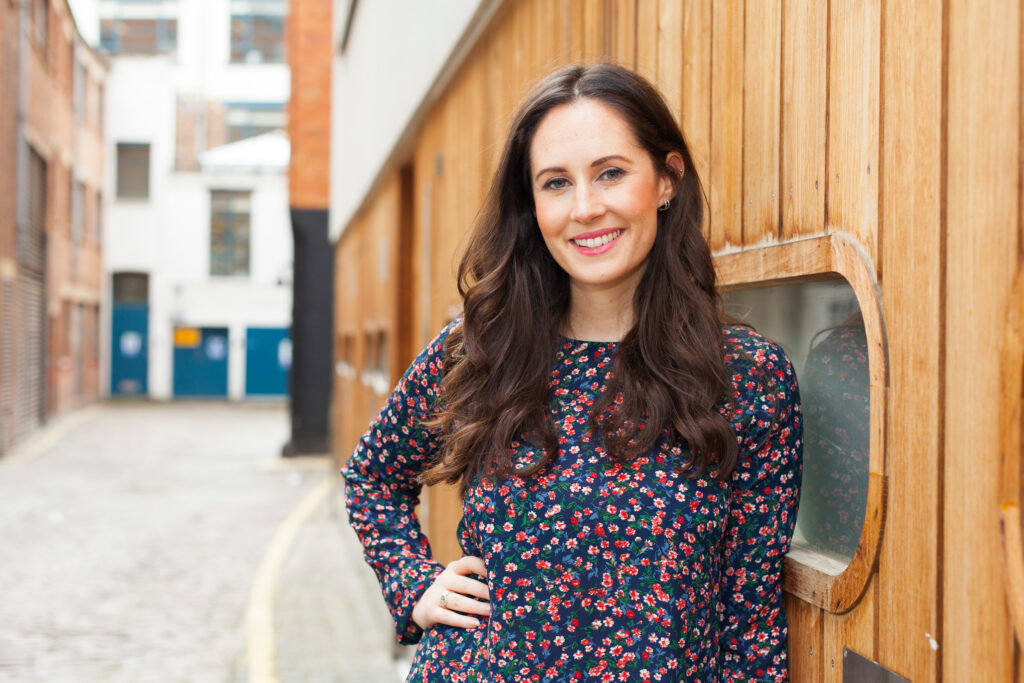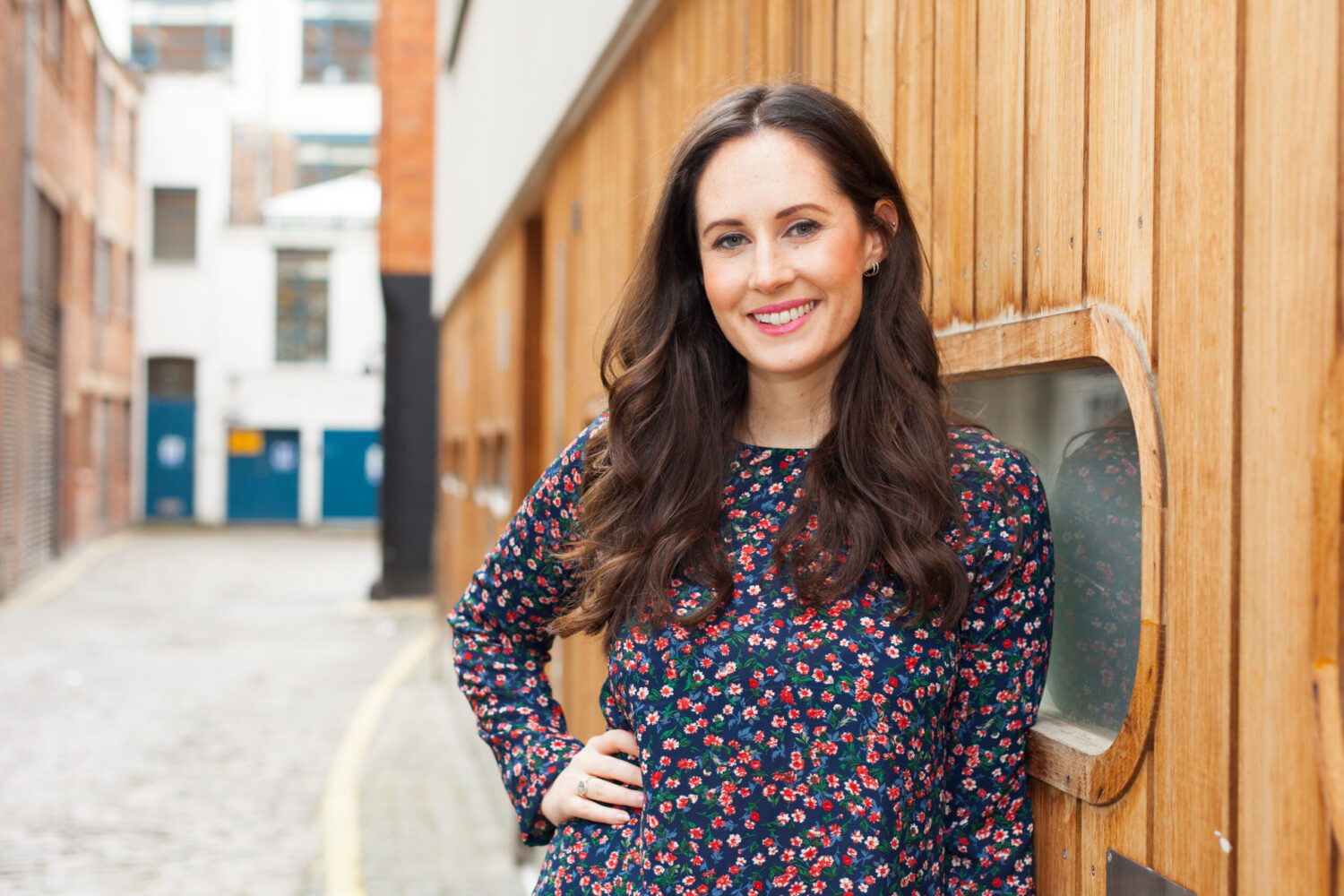The pandemic has driven a record number of people online. Any consumers that had been resisting online shopping have likely tried it out of necessity by now. The general feeling is that the convenience – an easy way to browse a wider range of products and fast delivery – can’t be rivalled instore. Meaning that, physical retail has to offer something different to keep shoppers coming back.
Consumers’ expectations for physical retail have been steadily rising. Westfield, in its How We Shop: The Next Decade report unveiled that 59% of shoppers expect the majority of retail space to be dedicated to offering up experiences by 2025. The estimated figure rises to 75% by 2027. A towering 81% of customers globally said they’re willing to pay more for experiences, proving the retail tipping point will drive revenue growth for experiential retailers in the future.

The edge of retail stores
Physical retail offers multi-sensory experiences for customers that cannot be replicated online. This can be attained by using a mix of mediums, such as textures, lighting, sounds and smells that embody the brand, and awaken shoppers’ senses.
Paramount to the physical stores of the future is building an atmosphere that encourages exploration and heightens the shopping experience beyond browsing products, such as offering customers the opportunity to play, learn and share their experiences with their wider circle. Therefore, product displays need to evolve from purely functional to those that are visually interesting and convey a brand’s aesthetic. The Instagram generation, after all, expect to be wowed by branded environments.
Transforming shop floors to experience spaces
Offering experiences at scale is no mean feat. Just look at Topshop. Brands and retailers need to prioritise the experiential channel and include it as part of their quarterly planning. By carving out a space within the retail footprint specifically for experiences, they can make it an integral part of the store planogram and refresh it alongside new seasonal collections. This will enable them to create a shared connection with their customers by opening up a two-way conversation where they feel encouraged to explore the store.
Integral to this is using innovative technology to extend experiences and create magic within the store. Immersive tech, such as AR, merges traditional and digital advertising tactics to fully engross the consumer. When used correctly, the retail space itself can be transformed and changed in unimaginable and exciting ways.
AR triggers can be embedded in the store to ensure it’s an exclusive interaction for customers. A prime example is the Nike and LeBron James activation in Foot Locker’s ‘House of Hoops’ in Hollywood, in partnership with Snapchat.
Interactive panels and mirrors can further bring AR into retail environments by providing customers with real-time evaluations of how a particular product will look on them. These mirrors can further be used to communicate with staff to request different sizes, colours or ask for alternative style suggestions. In Zara’s flagship Westfield Stratford store, interactive mirrors equipped with RFID can detect the item a customer is holding and make outfit suggestions, enabling customers to see what a complete outfit will look like in the mirror.
Tech alone is not enough. Brands need to use their physical footprint as a hub for highly targeted events that will appeal to their customers and keep drawing them back. At Undercurrent, we partnered with Pandora to create a series of events that would help engage a younger audience, using their flagship store on Oxford Street.
The Pandora Lounge was a series of free acoustic gigs featuring female artists like Ella Eyre, Pixie Lott and Gabrielle Aplin. 500 Pandora customers could queue for free tickets but the gigs were also broadcast online and in the shop windows to extend the reach.
Following the success of these events we extended the programme to include influencer styling classes, inspirational talks from female icons like chef Loraine Pascale, and celebrity-led Christmas campaign launches.
TK Maxx have taken a similar approach by using quarterly events to draw customers instore. They recently partnered with Grazia for the ‘Give up clothes for Good’ campaign, which they launched with an instore event delivered by Undercurrent and hosted by Laura Whitmore. Customers were invited in-store to an event about sustainability and everyone was encouraged to donate an item of clothing.
It’s important to consider the local communities they will serve when scaling this across a retail footprint. Consumers are done with cookie cutter retail experiences and expect stores to reflect their surroundings. Localisation is key to remaining relevant and inspiring customers to support the high street.
Retail stores should look at investing in signage that champions the local area and shows pride at being a part of it. Using campaign imagery with local backdrops or even just including the areas’ name will strike the right chord with consumers.
Consider carving out an area instore to stock and showcase local brands, a collaboration with a smaller supplier will show investment in the community and build brand love with shoppers. Instore events that highlight local inspirational people or charities is also a great way of building a supportive audience.
Conclusion
Following the 2020 nationwide lockdowns, it’s safe to say that shoppers have had a positive experience of shopping online. Luring them back instore will not be easy and it will involve offering them something they cannot get through their screens. Transforming the shop floor into more than a show room is not just important, but the only solution if the high street is to survive.






